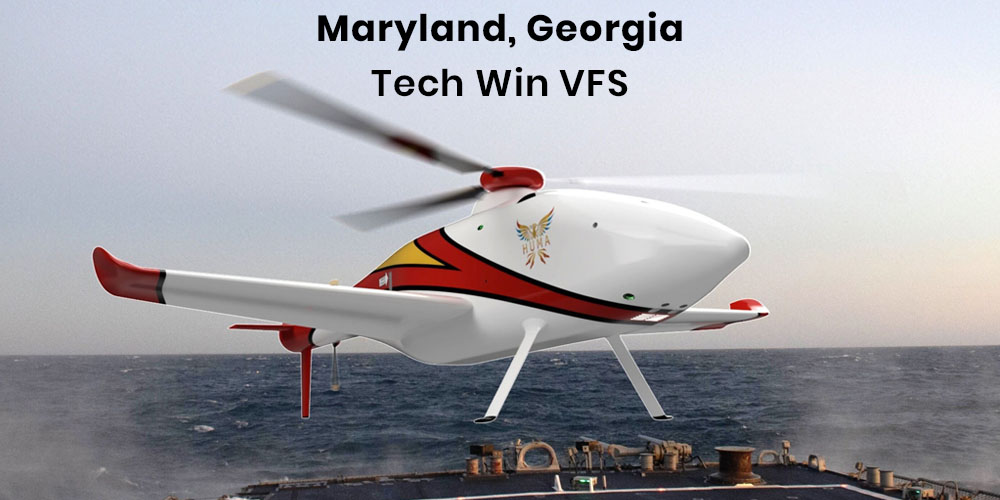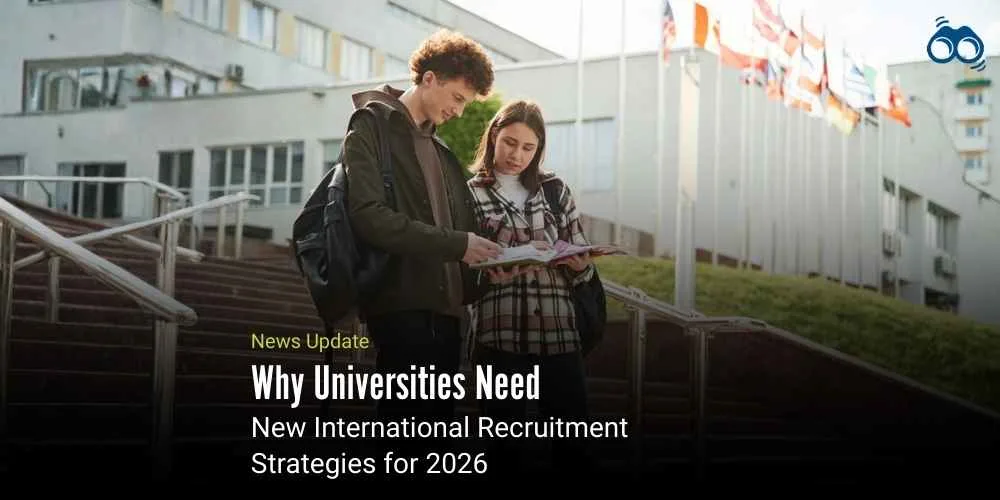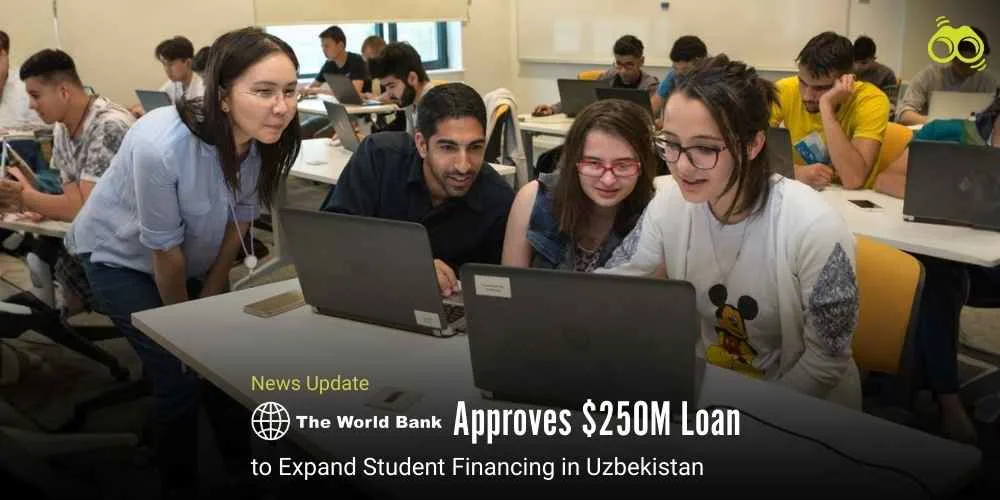Vertical Flight Society Celebrates 41st Annual Student Design Competition Champions
41st Student Design Competition Winners Revealed by the Vertical Flight Society
The 41st Annual Student Design Competition winners have been revealed by the Vertical Flight Society (VFS). In the graduate category, Georgia Institute of Technology stood first, while the University of Maryland took first place in the undergraduate division. Bangabandhu Sheikh Mujibur Rahman Aviation and Aerospace University won the Best New Undergraduate Entrant title, while Seoul National University earned the Best New Graduate Entrant honour. The competition, which was supported by the DEVCOM Army Research Lab of the US Army, offered a total of $12,500 in prize money.
To spark interest in VTOL engineering, the VFS competition requires students to build a vertical takeoff and landing (VTOL) aircraft each year. This year, academic teams from sixteen schools in seven countries and six US states submitted twenty proposals. Executive summary of the 41st Student Design Competition's top entries and previous winners may be seen at www.vtol.org/sdc. The competition focused on the theme "Multi-Mission Modular UAS for Disaster Relief." This year’s challenge required teams to design a multi-mission, modular, VTOL uncrewed aircraft system (UAS) capable of vertical takeoff and landing from a ship's deck under challenging conditions. The aircraft needed to cruise to disaster sites, function as a long-endurance communications relay, or deliver relief supplies.
The winners of the graduate category in the 41st Annual Student Design Competition are the University of Maryland, College Park, Maryland, USA, with their "Huma" design securing first place. Following that Georgia Institute of Technology, Atlanta, Georgia, USA, with their "Horus" design marked the second place. Politecnico di Milano, Milan, Italy, with their "Heron" design secured third place and at best new entrant Seoul National University, Seoul, Korea, with their "Nahbi" design marked their presence.
The top graduate award went to the University of Maryland for their "Huma" design, named after the mythical bird that provides aid without ever needing to land. The design featured a reconfigurable lift-compounded single main rotor helicopter, which provided exceptional versatility for various missions. It delivered outstanding long-endurance flight capabilities and the ability to handle heavy payloads, setting a new standard for VTOL UAS performance. The aircraft features a reconfigurable mid-section with specialized attachments for wings, a fuel tank, and a payload bay. This innovative design allows the 160-kg (353-lb) Huma to achieve long-endurance loiter missions of up to 13 hours and the capability to transport supplies weighing up to 58 kg (128 lb), the design philosophy was focused on superior performance for RFP missions.
In the undergraduate category, the top honors went to the Georgia Institute of Technology in Atlanta, Georgia, USA, for their "AeroLay" design. The second-place award was secured by Technical University Delft in The Netherlands with their "PterUAS" design. The University of Maryland in College Park, Maryland, USA, achieved third place with its "IBIS" design. Additionally, Bangabandhu Sheikh Mujibur Rahman Aviation and Aerospace University in Dhaka, Bangladesh, was recognized as the Best New Entrant for their "Airborne Phoenix" design. With their "AeroLay" proposal, the Georgia Institute of Technology won the undergraduate division. Designed for disaster assistance, this 160-kg (353-lb) unmanned aerial vehicle (UAS) can hover for more than 17 hours and carry payloads up to 54 kg (119 lb). Its short mission turnaround time of less than ten minutes is made possible by its readily accessible fuel tank and simply swappable battery packs, which guarantee swift redeployment for various missions.
Each of the winning teams' two members will be invited to the 81st Annual Forum & Technology Display, which will be held in Virginia Beach, Virginia, on May 20–22, 2025.
Major aerospace firms and organizations, including Airbus, Bell, The Boeing Co., Leonardo, Sikorsky, and the DEVCOM Army Research Lab, support the Annual Student Design Competition on a rotating basis. The 2024–2025 RFP for the 42nd Annual Student Design Competition, sponsored by Airbus, is now available at www.vtol.org/sdc. The competition offers $12,500 in cash prizes, with university teams required to submit a letter of intent by February 1, 2025. The new RFP, titled “Pioneering Hydrogen-Electric VTOL,” challenges university teams to design an electric VTOL aircraft powered by gaseous hydrogen fuel cells. This competition offers a unique chance to tackle the challenges and requirements of creating a passenger-carrying hydrogen-electric VTOL aircraft.
The Vertical Flight Society (VFS) is the leading global authority on vertical flight technology. Established as the American Helicopter Society in 1943, VFS has played a pivotal role in advancing vertical flight for over 80 years. As the premier resource for vertical flight information, the Society has provided global leadership in scientific, technical, educational, and legislative initiatives, continuously pushing the boundaries of vertical flight technology.
Editor’s Note:
Vertical Flight Society's 41st Annual Student Design Competition result showcased innovative designs from talented university teams worldwide, with the University of Maryland taking first place in the graduate category and the Georgia Institute of Technology leading the undergraduate category. The competition focused on the theme "Multi-Mission Modular UAS for Disaster Relief, which challenged students to design an uncrewed aircraft system for relief supplies in disaster-affected areas. Students showed their exceptional creativity and technical skills and handled the challenge effectively.
Skoobuzz congratulates all the winners and participants for their impressive contributions and dedication and anticipates such innovative competitions for students in the future.














0 Comments (Please Login To Continue)